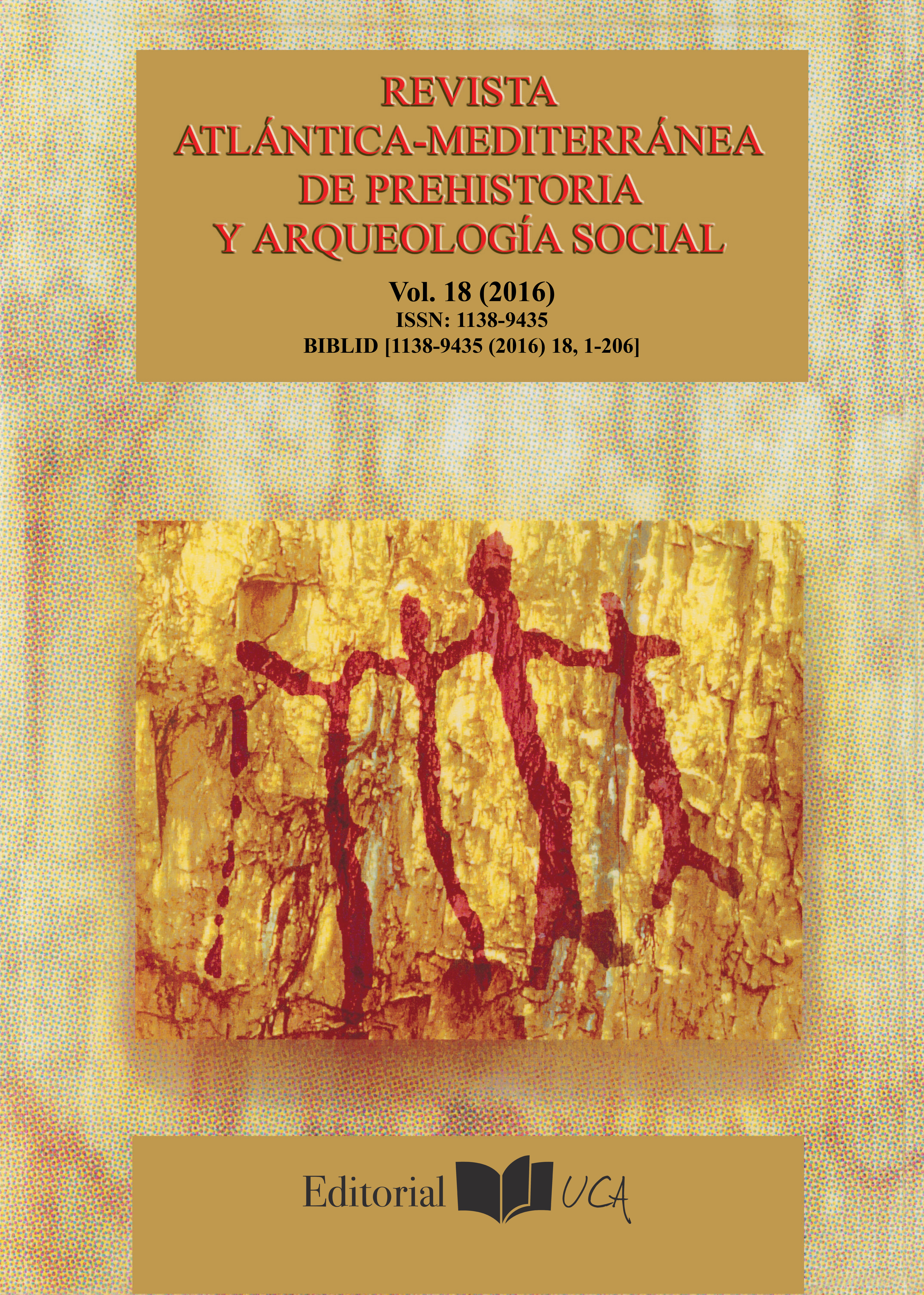The geoarchaeological project of "Port of Italica"

Additional Files
Info
Abstract
With the application of new methods and techniques and in an interdisciplinary cooperation, the authors could reconstruct the ancient coastline in the paleoestuary of the river Guadalquivir (around 6500 years before present). Among other results, the existence of a big lake off the town of Santiponce could be proven, which in the course of the river had a wide and deep connection to the open sea. In the area of the cliff near Aljarafe, the water depth in Roman times was sufficient for seagoing vessels to reach Italica. This explains the strategic importance of the access to the port, which was occupied by P. Cornelius Scipio Africanus Maior after the battle of Ilipa (206 BC).
Keywords
Downloads

